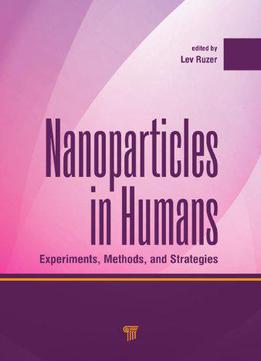
Nanoparticles In Humans: Experiments, Methods, And Strategies
by Lev S. Ruzer /
2017 / English / PDF
4.2 MB Download
A peek into the literature on the environmental health implications of the rapidly developing nanotechnology industry shows that the potential problem of exposure to airborne nanoparticles has not been adequately addressed. The health and safety of nanotechnology workers are of concern because these groups run the greatest risk of exposure to elevated concentrations of nanomaterials. However, a gap exists between the currently available particle measurement methods and those appropriate for the assessment of nanoaerosol exposure. This book presents new ideas and methods to measure the surface area and local deposition of nanoparticles in the lungs and the true value of respirators. It proposes a nanoparticle dosimetric road map that can be used as a general strategy for the assessment of the dose, which is the most important physical cause of adverse effects on health in the case of nanoparticle exposure. The book suggests the use of 1 nm radioactive particles, called unattached activity of radon progeny, as a safe experimental tool for nanoparticle studies, including human studies. It discusses the problems related to the general strategy of risk assessment in nanoparticle exposure and concrete parameters related to dosage. The ideas presented in this book help close the gaps in our knowledge of aerosols in the nanometer range and improve our understanding of nanoparticle behavior in the air and in the human body.











